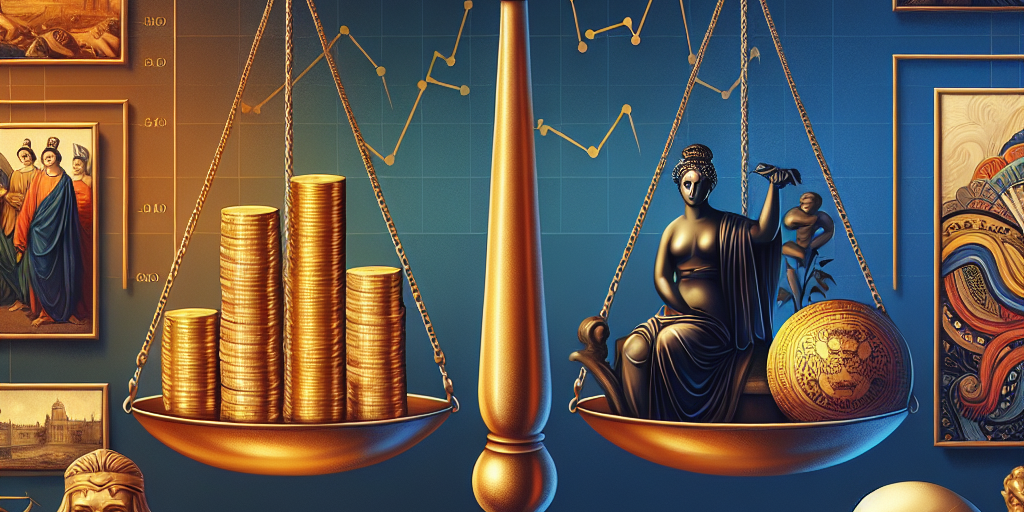Investing in art is a unique and exciting way to diversify your investment portfolio. However, like any investment, it comes with its own set of risks and rewards. Balancing risk and reward is essential when it comes to art investment, and one way to do this is through diversification.
Diversification is a key strategy used by investors to spread out risk by investing in a variety of assets. In the world of art investment, diversification can mean investing in different types of art, from different time periods, mediums, and artists. By spreading out your investment across various types of art, you can reduce the impact of any one piece underperforming.
One of the main risks of art investment is the potential for artworks to decrease in value over time. Art is a subjective asset class, and the value of a piece can fluctuate based on trends in the art market, the reputation of the artist, and changing tastes among collectors. By diversifying your art portfolio, you can mitigate the impact of a decrease in value of one piece by having other investments that may be performing well.
Another risk of art investment is the illiquidity of the asset. Unlike stocks or bonds, art can take time to sell, and finding a buyer willing to pay the desired price can be challenging. Diversification can help mitigate this risk by ensuring that you have a variety of artworks that you can potentially sell if needed.
Additionally, diversification in art investment can also provide an opportunity for higher returns. By investing in emerging artists or lesser-known mediums, you may have the chance to purchase artwork at a lower price that could increase in value over time. By spreading out your investments in different types of art, you increase your chances of finding pieces that appreciate in value.
When diversifying your art investment portfolio, it is important to do your research and work with a trusted art advisor or consultant. They can help you navigate the art market, identify opportunities for investment, and provide guidance on building a diversified portfolio that aligns with your investment goals.
In conclusion, balancing risk and reward in art investment through diversification is a smart strategy for investors looking to add art to their investment portfolio. By spreading out your investments across various types of art, you can mitigate risk, take advantage of potential opportunities for growth, and ultimately build a well-rounded art portfolio. Working with a knowledgeable advisor can help you make informed decisions and navigate the complex world of art investment.







